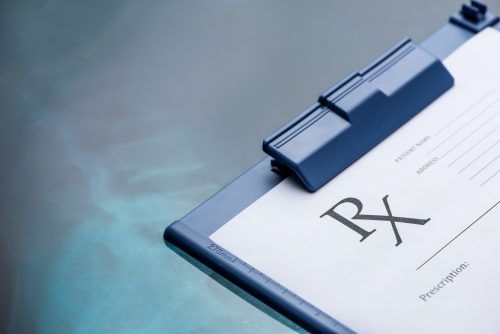December 16, 2019
Substantial Evidence Supported Jury Verdict that not all Infringing Uses were Reasonably Related to Developing and Submitting Information to the FDA
In Amgen Inc. v. Hospira, Inc., [2019-1067, 2019-1102] (December 16, 2019), the Federal Circuit affirmed the district court’s determination that Amgen’s U.S. Patent No. 5,856,298 was infringed and not invalid; fourteen batches of Hospira’s erythropoietin biosimilar drug product were not covered by the Safe Harbor provision of 35 U.S.C. § 271(e)(1); and that Amgen had proven it was entitled to $70 million in damages. The Federal Circuit also affirmed the district court’s denial of Amgen’s motion for judgment as a matter of law that Amgen’s U.S. Patent No. 5,756,349 was infringed.
After substantial evidence supporting the validity and infringement of the ‘298 patent, the Federal Circuit turned to the Safe Harbor provisions of 35 U.S.C. § 271(e)(1). The instruction to the jury said that “If Hospira has proved that the manufacture of a particular batch was reasonably related to developing and submitting information to the FDA in order to obtain FDA approval, Hospira’s additional underlying purposes for the manufacture and use of that batch do not remove that batch from the Safe Harbor defense.” Hospira complained that this improperly focused on Hospira’s intent for manufacturing batches of EPO.
The Federal Circuit disagreed, finding that the jury instructions properly articulated the legal principles underlying the Safe Harbor inquiry. Section 271(e)(1)’s exemption from infringement extends to all uses of patented inventions that are reasonably related to the development and submission of any information under the FDCA.
The Federal Circuit said that the relevant inquiry, therefore, is not how Hospira used each batch it manufactured, but whether each act of manufacture was for uses reasonably related to submitting information to the FDA. The jury instructions properly asked whether each act of manufacture, that is, each accused activity, was for uses reasonably related to submitting information to the FDA.
The Federal Circuit added that contrary to Hospira’s contentions, the instructions struck the appropriate balance by telling the jury that Hospira’s additional underlying purposes do not matter as long as Hospira proved that the manufacture of any given batch of drug substance was reasonably related to developing information for FDA submission.
Hospira argued that no reasonable jury could find that some of the batches it made were protected by the Safe Harbor, while some were not. The Federal Circuit, however, found that substantial evidence supported the jury’s finding that the batches at issue were not manufactured “solely for uses reasonably related to the development and submission of information” to the FDA. There was testimony that Hospira was not required to manufacture additional batches after it made its initial batches. There was also testimony that stability testing was not required but would be part of a “continuing program for stability that is a post-approval commitment.
On the issue of damages, Hospira argued that its Daubert motion to disqualify Amgen’s damages expert should have been granted. However, the Federal Circuit found no reversible error, noting that the district court permitted Hospira to cross-examine Amgen’s expert and to present the testimony of its own damages expert, and make the very arguments it was now raising on appeal. The Federal Circuit said it was not unreasonable for the jury to choose a damages award within the amounts proposed by each expert, and affirm the district court’s denial of Hospira’s JMOL motion.
Lastly, the Federal Circuit agreed that the finding of non infringement of ‘349 patent was supported by substantial evidence.



































